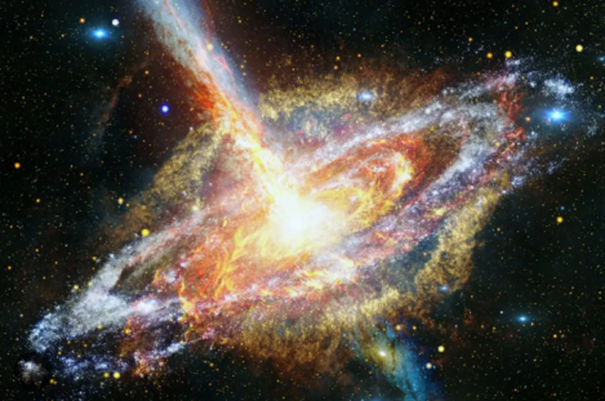by Patricia Jeffery © 2023 Calgary Centre of the Royal Astronomical Society of Canada
In 1054, Chinese astronomers noticed a new star that was so bright that it was visible during the daytime for three weeks before slowly fading from view.
Every star begins life as a cloud of gas and dust. Gravity causes the cloud to condense which increases pressure and temperature until nuclear fusion occurs in the core and the star ignites. As hydrogen is converted into helium, energy is released, which produces an outward force that counteracts gravity, creating a delicate equilibrium that can persist for millions, even billions of years.
The fusion reaction in a massive star needs to happen at a faster rate in order to sustain the balance with gravity. As a result, these stars burn brighter and hotter, shortening their life span in some cases to only a few million years.
When a star runs out of hydrogen, the core can no longer generate energy by nuclear fusion, but as it contracts, heat is generated, which causes the star’s outer layers to expand and cool, transforming the star into a red giant.
After converting all the helium to carbon, the star works its way through the periodic table, fusing elements which produce less and less energy until it arrives at iron, which unfortunately produces zero energy. Suddenly unopposed, gravity squeezes the core, raising its temperature to over 100 billion degrees Celsius. The pressure is so great that electrons and protons combine to form neutrons. The moment this occurs, the compressed neutrons rebound with such force that they overcome gravity and the star explodes. If the recoil isn’t strong enough, gravity will crush the core into infinity, creating a black hole.
The supernova that the Chinese astronomers witnessed is known today as M1: the Crab Nebula. Located in constellation Taurus, M1 is all that remains of a star ten times larger than our Sun; yet, its heart still beats in the form of a wildly spinning neutron star, which like a lighthouse, ejects twin beams of radiation out into space at 30 pulses per second.









